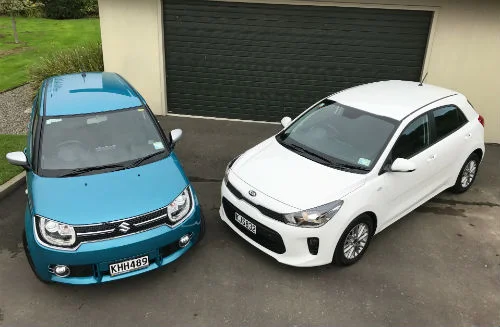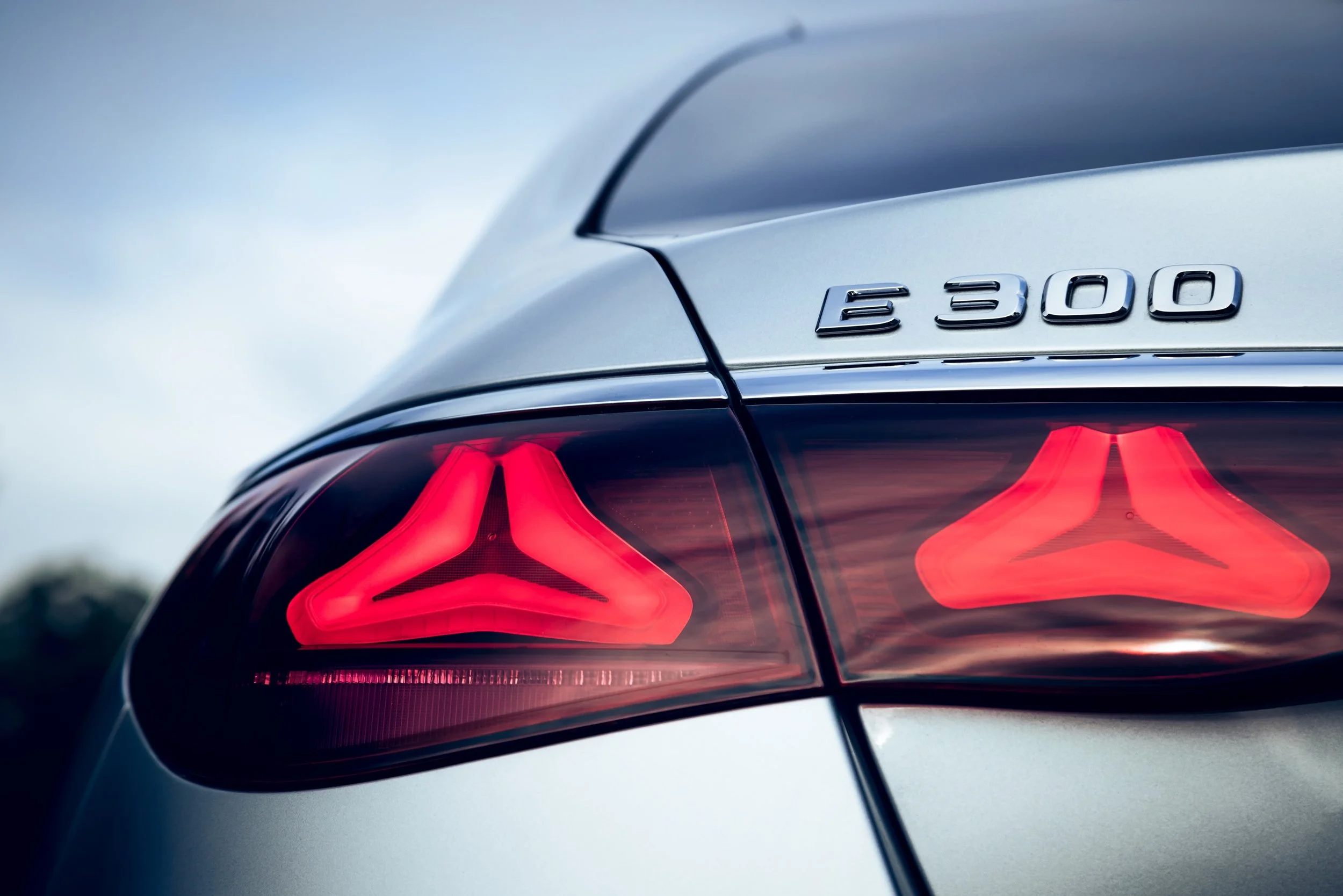Kia Seltos, Hyundai Venue: Don’t sweat the differences
/The Kia Seltos has stormed into the compact sports utility sector, but let’s not forget Hyundai has a contender in that arena as well.
HYUNDAI VENUE ELITE
Base price: $33,990 full RRP ($31,990 on test)
Powertrain: 1.6-litre petrol four, 90kW/ 151Nm, six-speed automatic, FWD, fuel economy 7.2 litres per 100km, CO2 160g/km CO2.
Vital statistics: 4040mm long, 1565mm high, 2520mm wheelbase, 17-inch alloy wheels.
We like: Strong spec, versatile cabin.
We don't like: Harsh and underwhelming drivetrain, challenging price position.
KIA SELTOS LX
Base price: $30,990 full RRP ($26,990 on test).
Powertrain: 2.0-litre petrol, 110kW/ 180Nm, eight-step constantly variable, FWD, fuel economy 6.8 litres per 100km, CO2 157g/km.
Vital statistics: 4370mm long, 1615mm high, 2630mm wheelbase, 16-inch alloy wheels.
We like: Strong value, roomy cabin, perky performance.
We don't like: Secondary ride needs sorting, poor front seats.
WHENEVER Kia and Hyundai contest a common segment with a common kind of car you’d be brave to bet against their respective products not being related.
Brand-specific styling inside and out surrounding core common parts (the chassis, engines, transmissions and other gear) … that’s been the recipe for years.
Yet anyone considering the Kia Seltos and the Hyundai Venue and expecting more of the same will be in for a surprise.
Even though these cars draw from other, already-established family members, what they lack is a direct relationship.
Here’s how it goes. Venue bases on Europe’s i20 hatch, plucking the floorpan and 1.6-litre six-speed auto transmission. Seltos? It actually has a lot more in common with the 2.0-litre Hyundai Kona than you’d ever possibly imagine.
Yet insofar as finding any direct chromosonal link? Some say you’d have better luck looking for the lost city of Atlantis. They’re not only disparate in DNA, but Hyundai asserts – quite strongly – that the Venue is not a Seltos competitor.
Who’d bet on car buyers either (A) thinking as Hyundai does or (B) giving a jot regardless? Not I.
For all the technical disassociation and regardless that there’s also a degree of price disparity – less noticeable during now discontinued launch price promotions that were shaving $2000 from Venue’s recommended retail and up to $5000 from that entry Seltos LX) – they’re still two city slick front drive petrol crossovers of similar size chasing much the same crowd. So I’d suggest cross-shopping is going to be something of a certainty.
Straight out, both brands can take a bow for delivering a pair of interesting natural urban adventuring fits. On top of this, Kia can take extra kudos for its especially aggressive pricing strategy. It is possible to consider the base Seltos not only against the most expensive Venue but even the cheapest Kona.
For sure, Venue’s Elite designation means it packs more comfort and safety features. On the active and passive safety side, Venue stands well-sorted with a SmartSense package that includes Forward Collision Avoidance, Lane Keep Assist, Driver Attention Warning, Hill Start Assist, and automatic high beams is. Seltos is also looking strong, though be aware that automated emergency braking at this level is tailored for vehicle-versus-vehicle scenarios and so lacks the pedestrian-sensing ability provisioned further up in the Seltos family and standard to the Venue.
Enough blanked switch locations to be impossible to ignore, a less creative interior, manual air con and old-school ‘key in the lock’ ignition also signal why the spending gap between a Seltos LX and next-up LX Plus is so wide. Stick at LX also asks for you to control any envy felt about the more expensive Seltos derivatives having a better, touch-activated media screen But, hey, as much as keyless start would be nice – given its so commonplace nowadays - that’s not to say that it outright shouts out for more technology.
In fact, when you come to box-ticking what might be regarded as ‘essentials’, it really isn’t shown up to be way miserly. The most pressing imperative would be to negotiate putting in onto the dearer versions’ factory 17 inch rims. The 16-imchers the LX arrives with are fine for ride and fair for dynamics, but they just look too small for the body.
If the LX has any particular weak point, it is being cursed by pretty mediocre front seats. Anyone who appreciates the merits of good lower back support won’t be at all satisfied by the driver’s chair; it’s too soft and shapeless and not a patch on the one that goes into the other variants. In this test, too, if you had to pick which had the better driving position, Venue wins out. Hyundai just delivers a better span of seat and steering wheel adjustment, accommodating all shapes and sizes.
Even so, Seltos through simply being a slightly larger car – appreciably so for wheelbase and overall length, a little less evidently for width and height – makes a more convincing choice if you’re carting stuff, including other people.
The cabin is simply roomier and the extra few millimetres it provisions in key areas, like rear seat lower legroom, is going help sell it. The Venue was also capable of carrying four adults in comfort, proved incredibly adept at swallowing some large, awkward objects and earned points for good storage space for bottles and paraphernalia in the centre console and doors. However,while lower leg and headroom is good, it hasn’t the same shoulder room and that might be telling with all-adult ensemble.
While the Seltos shape has a slightly more modern, appealing sharp-lined air, I really warmed to the Venue’s chiselled, upright body and stance and excellent visibility. Both cars are enhanced by a range of colour options; the two-tone, grey with green highlights and contrasting roof scheme applied to the Venue I drove also provisions with the Kia and lends a pleasing look to both.
Out on the road, they’re similar in driving feel yet as far apart for performance as you’d imagine. Neither is what you’d call muscled, yet there’s simply no dispute about which has more zest.
It’s not that the Hyundai unit is utterly puny, yet the 20kW power and 29Nm torque that Kia’s bigger engine delivers is telling at kick-off and … erm, everywhere else. Really, though, what irks most about the Venue unit isn’t so much its more limited reactivity as its lack of refinement; it’s much more vocal and raw-edged and seems in constant dispute with the transmission. The Seltos would be better with paddle shifters to better engage with its eight-speeder, but it just operates more effectively and enthusiastically.
The dynamics are interesting. If you want something approaching youthful and sports-tinged, go straight to Seltos; it’s no outright GT, but drives with a level certainty not usual for this grade . For a more grown-up and measured feel, Venue is the place to be. It’s not vague or unduly remote, but there’s far more of an air of laidback amiability.
Dimensional pertness and tight turning circles ensure they both work well around town and neither feels at all overawed by open road running, either, though it’s in the latter environment where the Seltos’ secondary ride seems a touch busy. It’s nothing a slight suspension retune couldn’t remedy.
Would you off-road? Venue’s provision of Sand, Snow, and Mud traction modes activated by a dial controller suggests it’s up for something, though we’d say keep it ‘lite’. Seltos has a control just like it, but turning it simply puts the transmission into a sports mode. So, yeah. There’s your answer from Kia.
Crystal ball gazing these cars’ futures is easy; consumer swing to crossovers and SUVs ensures each will find a ready audience. Venue does a reasonable job, but it lacks the Kia’s character and Kia’s value edge is much sharper. If you’re seeking to chase an ascending star, Seltos is definitely the one.































